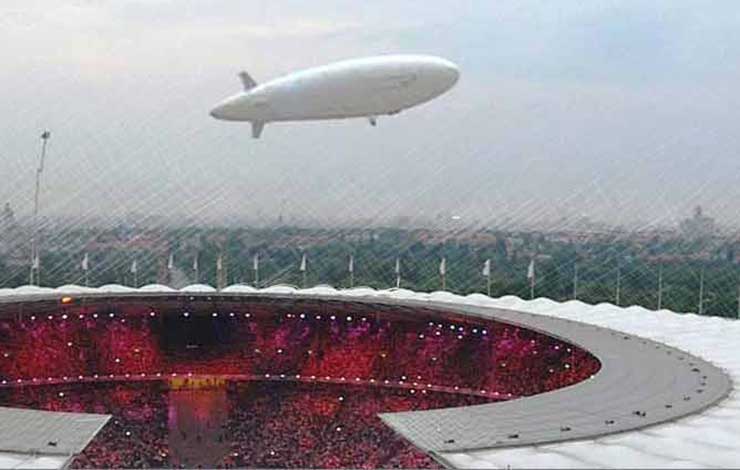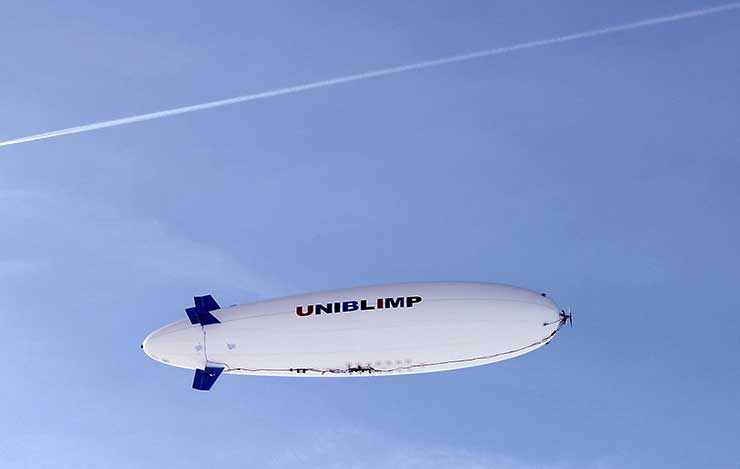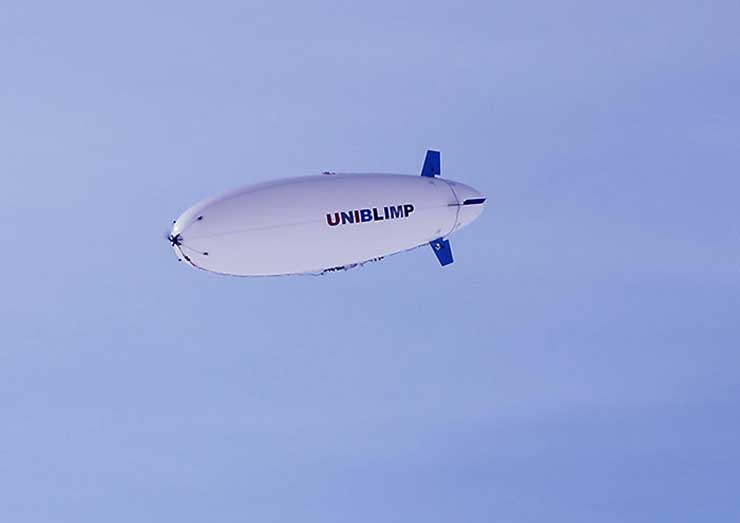Where do blimps fly in the future?
Or where their place is in the digital age?
Nothing flies as "softly" as blimps and zeppelins. And if so, why don't we see them more often? After 25 years of exclusively working with lighter-than-air aircraft, I think I'm slowly seeing the reasons. The answer is not simple but multi-layered and complex. I certainly won't be able to cover all the reasons, but I will try to pass on my experience to younger engineers who happen to love this technology. I invite everyone to complete this text if I skip some or important elements.

Let's start from the obvious - the very essence of lighter-than-air aircraft. 1 m3 of helium or hydrogen lifts approximately 1 kg. This physical fact enables over 100 years of history of this technology. Since this fact is immutable, over the years the design has changed, trying to get the most out of it with more or less success. My belief is that we are still looking for the right design. The years we have spent in this technology have led us to the UniBlimp design where we have reduced everything superfluous to the basic level. The Uniblimp is the product of years of work where we "added minimal packaging to helium or hydrogen while still being manageable." There are many other designs on the market, which is good, but the common denominator is that we all try to "squeeze the maximum" out of 1 m3 of gas. I encourage everyone to think about LTA design and feel free to send us your ideas and concepts.

The next level is where and how we use lighter-than-air aircraft. Just as there are high-speed cars and heavy-duty trucks, all of which are part of the same family, there are also categories for LTA (lighter-than-air aircraft). For example, heavy loads and static positioning are much better performed with the Aerostat design where the envelope index is closer to 1:1. On the other hand, if the Blimp needs to cover large distances (to cover, for example, line objects - electric lines, gas installations…) the envelope index must be as far as possible from the number one 1:5 +. Those are the classic rules of aero design and it's not much different with lighter-than-air aircraft.

Here, the next level - energy - naturally arises. If we already have a Blimp (or other LTA) already in the air (seemingly weightless), how and with what do we move it through the air. In the early years, internal combustion engines were used. however, there was the problem of weight difference as fuel was used over time - the blimp became lighter. Due to this change in weight, the buoyancy force becomes stronger over time, which makes it difficult to control the Blimp or Zeppelin. Thanks to the modern digital age and electric drive in combination with ultra-light solar cells - the problem of weight change does not exist. The weight of the Blimp is the same from the beginning to the end of the flight. You can view our Line Observation Blimp solution here.
More LTA thoughts coming soon....
